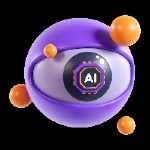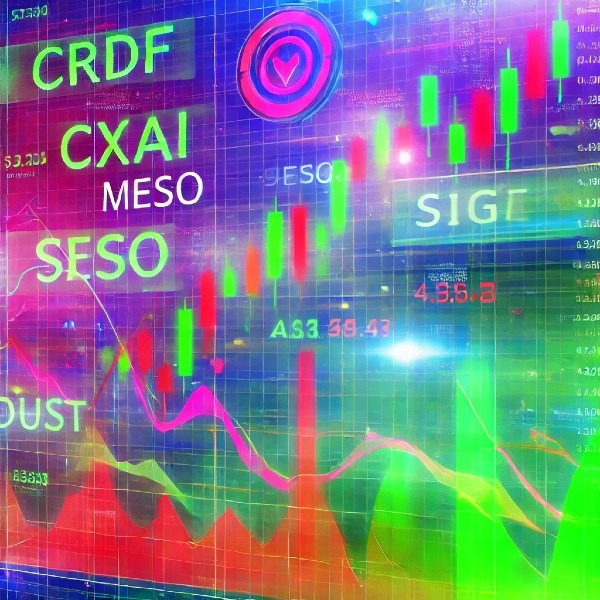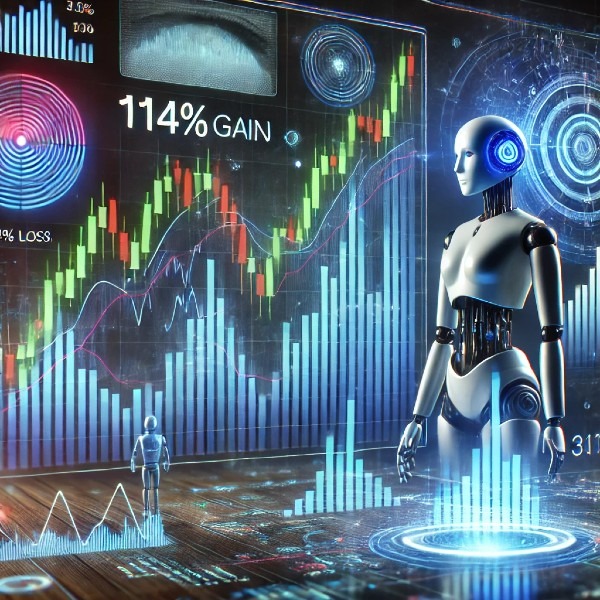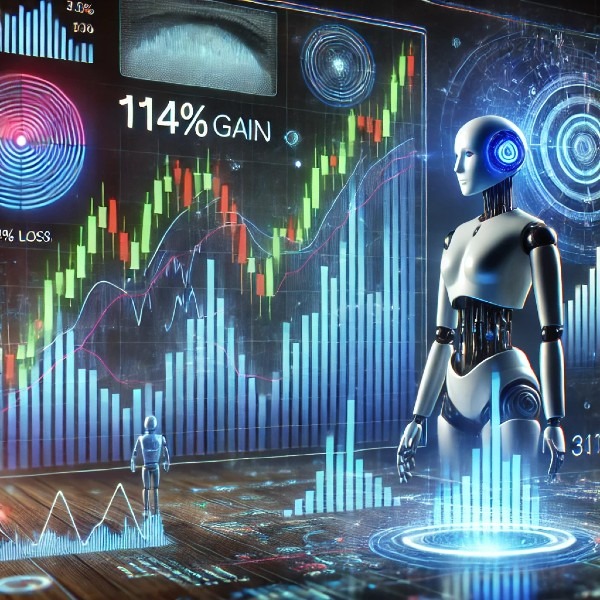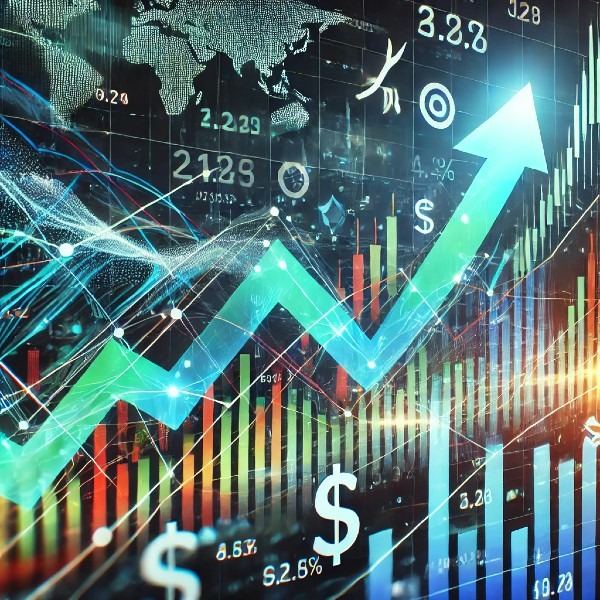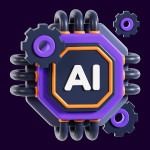Holly AI’s Stock Predictions
In March, Holly AI made some bold stock predictions that caught the attention of traders. Now, a few months later, let’s dive into those calls to see how they performed. Whether you’re a day trader or a swing trader, having a tool like Holly AI on your side can give you that edge. Let’s analyze the initial predictions, current prices, and the success rate.
Initial Predictions vs Current Prices
Here’s a comparison of stock prices at the time of Holly’s March predictions and their current values:
| Stock Symbol | Predicted Price (March) | Current Price (Sept 2024) | % Change |
|---|---|---|---|
| CZOO | $4.67 | N/A (delisted, no longer trading) | N/A |
| CRDF | $2.26 | $5.56 | +146% |
| CXAI | $2.59 | $1.88 | -27% |
| MESO | $2.98 | $1.95 | -34% |
| SIGA | $5.57 | $5.78 | +3.8% |
| OUST | $5.75 | $4.16 | -28% |
Accuracy of Predictions
Looking at these results, Holly AI had some major hits and a few misses:
- CRDF led the pack, delivering a massive 146% gain since March.
- CXAI, which initially showed promise, has dropped by 27%.
- MESO also saw a 34% decline from its predicted value.
- SIGA has seen a slight uptick of 3.8%, showing consistency.
- OUST dropped 28%, falling short of the bullish prediction.
Evaluation: Success Measure
Let’s score Holly’s March predictions on a scale of 1 to 10:
- CRDF: 9/10 for a stellar 146% gain.
- CXAI: 3/10 for a notable decline.
- MESO: 2/10 for an unexpected fall of 34%.
- SIGA: 5/10 for holding steady.
- OUST: 4/10 for a 28% drop.
Gain Realization and Consistency
Holly’s AI system certainly shined with CRDF, which would have significantly boosted any portfolio. However, CXAI, MESO, and OUST highlight the volatility and the need for constant monitoring of the market. It underscores the importance of not solely relying on AI predictions but also considering broader market conditions.
Conclusion
Overall, Holly AI’s predictions had a mix of strong and weaker results, showing potential but also reflecting the uncertainty of the market. Having an AI assistant like Holly can give an edge, but it’s crucial to manage risks and diversify your approach.
References
Defining Artificial Intelligence Algorithms: An Overview AI algorithms are the backbone of intelligent systems, enabling machines to process data, recognize patterns, and make decisions. These algorithms include supervised learning, unsupervised learning, and reinforcement learning. For an overview of AI algorithms, refer to this article.
4.2. Understanding Machine Learning: A Subfield of Artificial Intelligence Machine learning, a subfield of AI, focuses on developing algorithms that allow machines to learn from and make predictions based on data. This includes techniques such as regression, classification, and clustering. For a detailed understanding of machine learning, visit this resource.
4.3. Deep Learning: A Subset of AI Defined Deep learning, a subset of machine learning, involves neural networks with many layers (deep networks) that can learn complex patterns in large amounts of data. This technology powers advancements in image and speech recognition. For a definition of deep learning, see this article.
4.4. AI Techniques: From Neural Networks to Genetic Algorithms AI techniques range from neural networks, which mimic the human brain, to genetic algorithms, which simulate the process of natural selection to solve optimization problems. These techniques are essential for developing intelligent systems. For more on AI techniques, refer to this resource.
4.5. Key Artificial Intelligence Algorithms and Techniques Explained Key AI algorithms include decision trees, support vector machines, and convolutional neural networks. Each algorithm serves different purposes and applications, contributing to the versatility of AI. For explanations of these algorithms, visit this article.
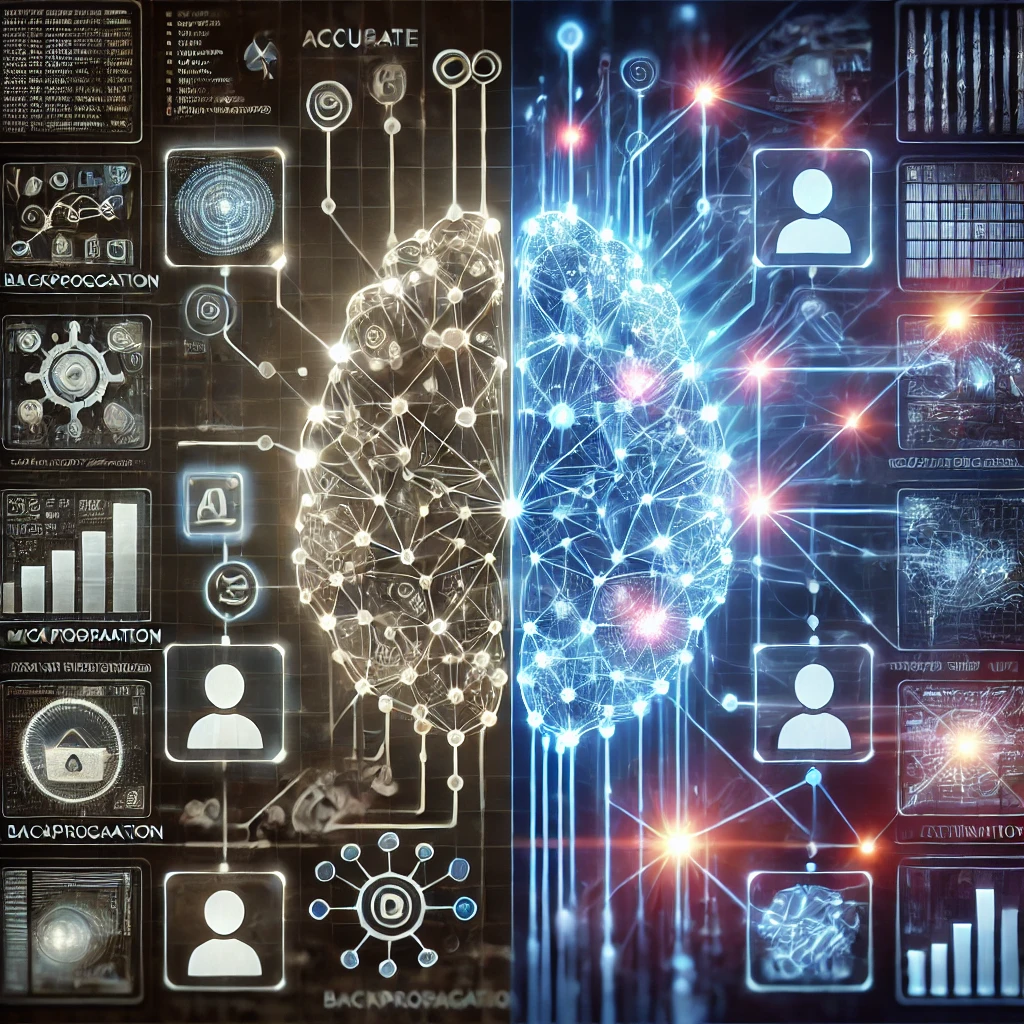
Unraveling the Mysteries of Artificial Intelligence: Hopfield Networks, Backpropagation, and the Fight Against Misinformation
73 / 100 Introduction Hopfield Networks – yes, that is what is the subject of today’s Nobel Prize award. Artificial Intelligence (AI) is at the
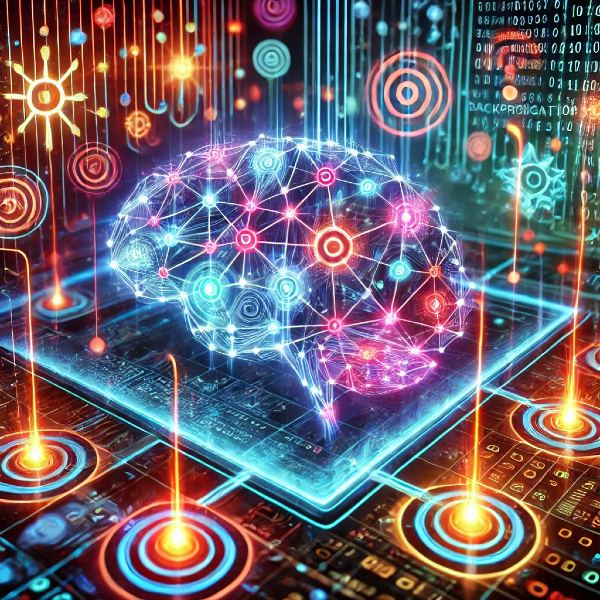
The Big Discoveries in AI: John Hopfield and Geoffrey Hinton’s Big Ideas
62 / 100 Introduction Hopfield Networks – yes, that is what is the subject of today’s Nobel Prize award. Artificial Intelligence (AI) is at the
